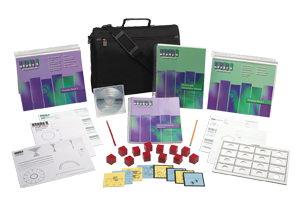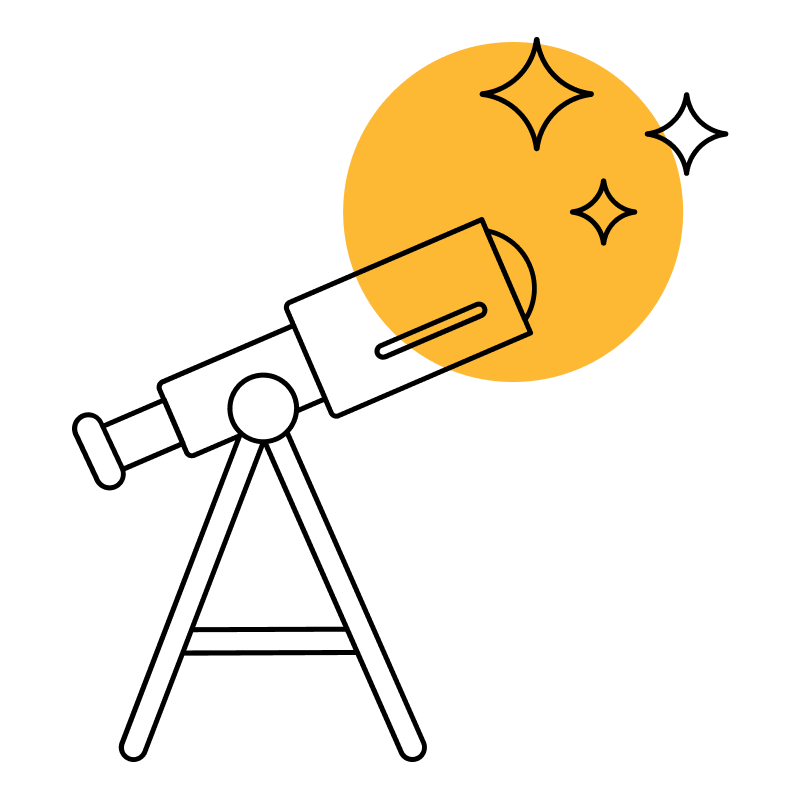The NEPSY® Second Edition is the only single measure that allows clinicians to create tailored assessments across six domains, specific to a child's situation. NEPSY®-II results provide information relating to typical childhood disorders, enabling accurate diagnosis and intervention planning for success in school and at home.
Guidance on using this test in your telepractice
Guidance on using this test in your telepractice
Guidance on using this test in your telepractice
NEPSY | Second Edition
NEPSY-II
The NEPSY® Second Edition is the only single measure that allows clinicians to create tailored assessments across six domains, specific to a child's situation. NEPSY®-II results provide information relating to typical childhood disorders, enabling accurate diagnosis and intervention planning for success in school and at home.Guidance on using this test in your telepractice
Choose from our formats
Kits
Starter & complete kits, print & digital
3 options
Test forms reports
Booklets, record forms, answer sheets, report usages & subscriptions
4 options
Support materials
Manuals, stimulus books, replacement items & other materials
10 options
All products
All tests and materials offered for NEPSY-II
17 options
